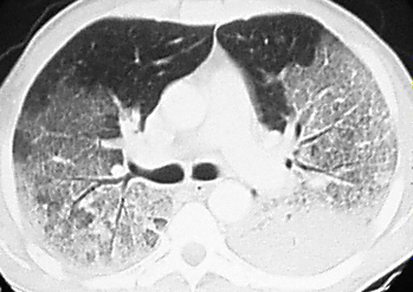The prehospital approach to general cardiac arrest care is a good introduction to the progression of responsibilities from one level of training to the next. We get a large number of OLMC calls from our own paramedics requesting physician input in arrest cases, so it’s always good to refresh ourselves on what they can or cannot do in these instances.
Note that everything in the attached protocol is Standing Order, which, as a reminder, consist of the steps that EMS providers should be performing by default without any additional physician input.
At the CFR level, providers who encounter a patient in arrest will initiate CPR and apply an Automated External Defibrillator, following the AED’s instructions until backup arrives.
BLS providers (EMTs) will request ALS backup if not already present, but will otherwise begin to transport the patient to the hospital after 3 rounds of CPR/AED analysis.
It’s not until the ALS (paramedic) level that an actual cardiac monitor will be applied, giving a specific rhythm underlying the arrest. It’s for this reason that you might hear something from the paramedics like “our initial rhythm was asystole; patient was shocked 2 times (by AED) prior to our arrival.” From there, paramedics will branch off into separate protocols based on the specific type of arrest, each consisting of their own Standing Orders and Medical Control Options.
Can’t wait to find out more specifics? Tune in next week for more cardiac arrest talk! Or, for spoilers, there’s always www.nycremsco.org and the protocol binder!
Dave



